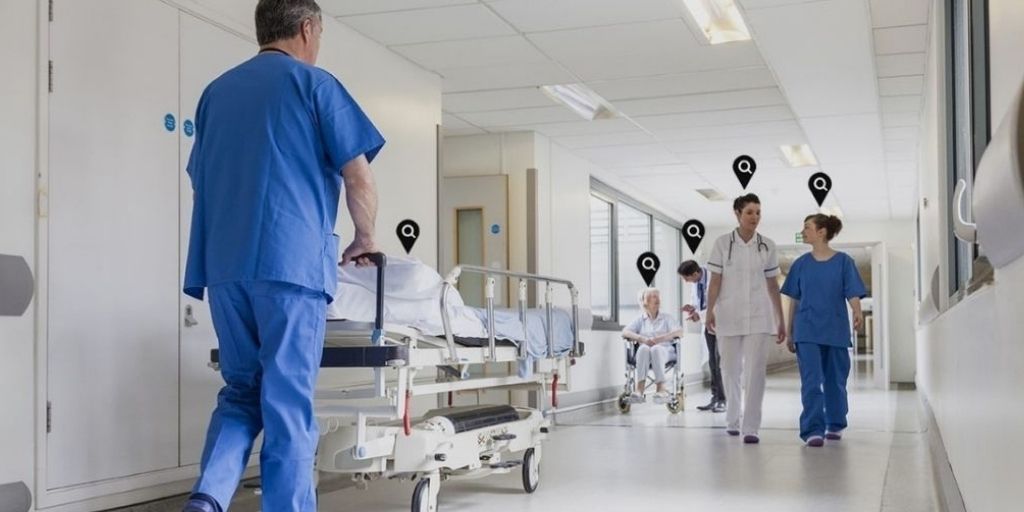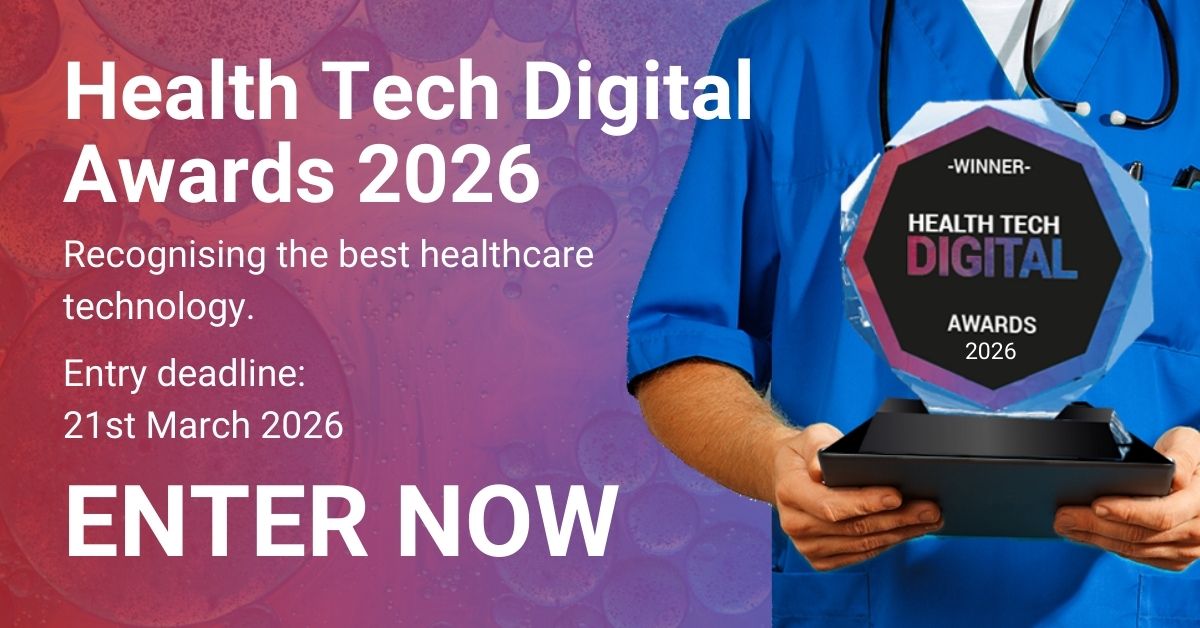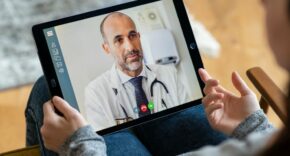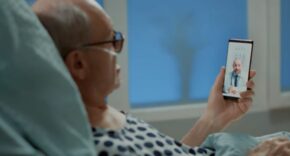
The future of healthcare is being shaped right in front of our eyes with advances in digital healthcare technologies, such as artificial intelligence, VR/AR, 3D-printing, robotics or nanotechnology, all working towards the ultimate goal of saving and improving human life. Driving all these innovations is the ever-present need for data and information – to make the right decisions, you need data captured throughout the facility—as well as the insight to make changes that positively impact staff and patients.
Healthcare facilities are increasingly turning to services based on real-time locating systems (RTLS) for answers. A key innovation in the digital transformation of the healthcare sector, RTLS based solutions provide hospitals with a performance edge by connecting diverse data into the kind of actionable insights that lead to the best possible care. Location-based services are already helping the sector seamlessly capture vast amounts of data, which in turn can be used to improve efficiency and increase profits.
RTLS is a technology enabling location-based services (LBS) that seamlessly relays the current positioning of objects, assets, tools, equipment, shipping containers, and people. This functionality gives organisations immediate access to the objects or individual’s location and also explains where it has been previously. This is done by placing a tag on the object that you want to track. The location system captures radio packets transmitted by the tags then transmits the computed real-time positioning data to the application server, enabling managers and employees to keep their fingers on the pulse of activities at that exact moment more control and a deeper understanding of where things are in an instant.
According to a study by Zion Market Research, the global market for RTLS technologies will reach $11.81 billion by 2024, up from $2.37 billion during 2018. In large part, this is due to the transformative power that RTLS solutions deliver to healthcare. In fact, it has been said that “Next-generation RTLS technology is as transformative to hospital operations as Uber is to personal transportation.” More and more hospitals are now using RTLS to enable the efficient management of burgeoning patient populations and to keep operations smooth in an urgent setting. Emergency rooms are a good example of this – with over half of hospitals’ inpatient admissions coming from the ER, improving patient flow and satisfaction levels can have a direct and significant impact on the hospital’s bottom line.
In regard to benefits, a relevant example (given the current COVID epidemic) is the enforced compliance of hand hygiene systems to minimise the spread of infections. A concrete example of this is the soap dispenser sensor – the same system can be used to track nurses who approach the hand hygiene station and the time spent in the zone surrounding the dispenser, as well as monitor when the dispenser is used. By combining data sources, management can get a pretty accurate confirmation that hands have been cleaned. Taking the issue of staff health a step further, RTLS can identify and notify staff of exposure to communicable diseases, notably influenza, based upon their recorded interactions with patients. Data generated by the RTLS can also be pulled to create transaction data by application services, to reveal historical patterns of dips and spikes in staffing needs, which can inform administrators about staffing levels and types.
Another example is faster care, such as nurses being immediately alerted when a patient falls or tries to get away from the bed against recommendations. In many medical emergencies, time is of the essence, and location-based services can help staff track assets and find the equipment they need in each case faster. Instead of having to search for objects or equipment manually, staff can glance at a screen and instantly know where everything is. The technology also provides the ability to keep track of people and makes it easier to delegate tasks to staff in the vicinity by showing which staff need resources sent their way, which is especially helpful in healthcare settings.
Services and applications powered by RTLS can also help hospitals and healthcare facilities increase security. One simple way is by providing both staff and patients with devices equipped with a button that they can use to call for help when needed. Another use case for enhancing security is via access control, making sure that those without authorization cannot access areas they should not. RTLS can also be used to implement stricter access controls. In the event an unauthorized individual enters a location they’re not allowed in at one of your facilities, you can receive automatic notifications. What’s more, RTLS can also help enforce social distancing and facilitate contact tracing in any work setting.
Inventory is another area in which RTLS can help transform healthcare services. Hospitals and other healthcare facilities are locations where assets are seemingly in constant motion. With this movement comes the increased possibility for assets to be misplaced or leave the building, creating an unnecessary replacement expense that can negatively affect organization’s bottom line. Many believe that RTLS technology can play a key role in powering the future of inventory management, as staff will always be able to tell what inventory levels are at any point in time, complete customer inventory delivery and take stock of what is present so that they can order appropriately. Staff can also use the technology to evaluate whether an asset should be moved from one area to the next to increase use, compared to simply buying another one.
The role of location-based services in healthcare continues to expand. From asset tracking to patient and workflow, the impact RTLS can have on the sector has far-reaching implications hospital-wide. As these services and providers continue to look for ways to improve their offerings, they need to be smarter when it comes to investing in new technology. Clinical-grade RTLS technology enables the addressing of multiple clinical, operational, and financial challenges simultaneously and, unlike other IT investments, offers a near-immediate return on that investment.











